Vietnam seeking technology transfer into the local sphere
At last week’s Hanoi workshop on attracting foreign investment in high technology, Dang Dinh Tung, deputy director general of the Ministry of Science and Technology’s (MoST) Department of Technology Appraisal, Examination, and Assessment, claimed that most tech transfer contracts were conducted between parent companies and their subsidiaries, without any effect on local enterprises.
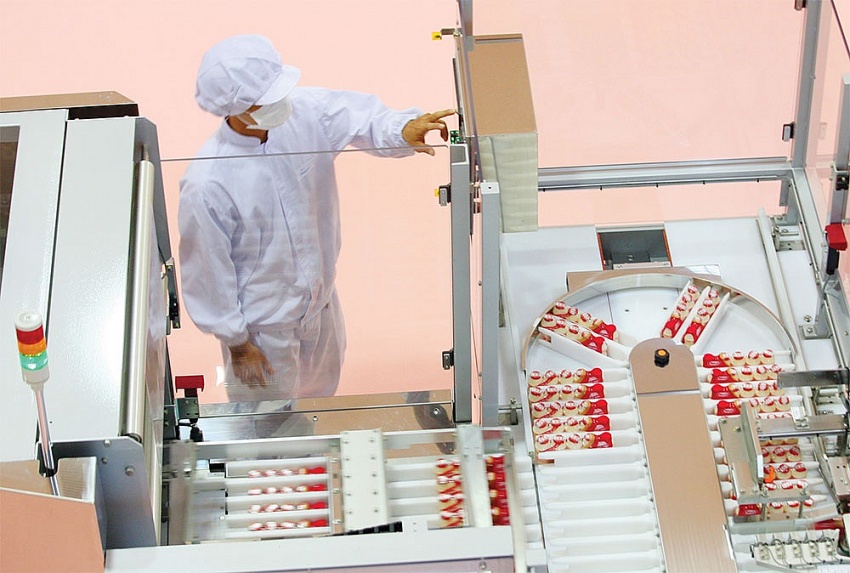 |
| Vietnam seeking technology transfer into the local sphere, illustration photo |
Foreign-invested enterprises (FIEs) make up more than 90 per cent of enterprises that have already registered technology transfer in Vietnam. During 2007-2018, there were almost 300 technology transfer contracts registered at the MoST, while there were more than 400 signed in the last five years after the Law on Technology Transfer took effect.
“The number of tech transfer contracts has increased multiple in recent years. Most of them are FIEs coming from Japan, South Korea, the EU, the US, and ASEAN countries, in fields such as electronics, telecoms, vehicles, medicine and medical equipment, chemicals, cosmetics, and beverages,” Tung said.
“However, local companies are currently out of the loop as the majority of contracts are between parent companies and their subsidiaries,” he added.
Tung noted that while more than 100 multinationals have invested in Vietnam, only Samsung and LG have thus far built research and development (R&D) centres in Hanoi.
Around 2,200 researchers are working at Samsung’s new R&D centre in Hanoi, almost all of them are Vietnamese people. The company is increasingly enhancing Vietnamese supply chains and transferring technologies by entering into tie-ups with more local enterprises. The number of local groups in its supply chains ballooned from four tier-1 and 21 tier-2 groups in 2014 to 51 and 206 respectively last year.
“The number of local suppliers has risen 10-fold in the past eight years, reaffirming Samsung’s commitment to long-term investment in this country,” said Choi Joo Ho, CEO of Samsung Vietnam.
LG Electronics also launched a centre in March, located at Hanoi’s Keangnam Landmark 72 building and boasting 750 researchers.
Tran Toan Thang, head of International Studies at the Vietnam Institute for Development Strategies, said that the goal of tech transfer and its spillover effects on the domestic private sector is attracting foreign investment, but over the last 30 years of mobilisation, there has been little improvement.
“Vertical linkages spread can make a positive impact, but in horizontal linkages, FIEs are creating negative impacts on businesses in the same industry,” Thang explained.
He said that FIEs entering Vietnam in recent years have only created a spillover effect among enterprises in the same industry through four channels: domestic enterprises copying the tech of FIEs; labour moving from FIEs to domestic enterprises; the pressure of input and output competition with export-oriented FIEs forcing domestic firms to update technologies; and some vertical and horizontal link channels between FIEs and local partners.
“It is difficult for us to learn anything from FIEs because the manufacturing industry is not easy to learn about immediately,” Thang said. “If we put a mechanic next to a technology engineer, I do not expect the mechanic can learn anything. And it will be very difficult for a worker at an early stage in an FIE factory to learn about any technology. Those are the barriers to technology diffusion.”
Large domestic private enterprises are willing to transfer technology, but high-tech investing in Vietnam is challenging due to the lack of high-tech human resources, he added.
Deputy Minister of Planning and Investment Tran Duy Dong said that even if FIEs want to give, local partners often do not have enough absorption capacity or are not willing to receive, leading to difficulties.
“Further improving the capacity of domestic enterprises and employees to approach the tech level of FIEs, as well as building more attractive policies to promote tech transfer between FIEs and local partners, are quite necessary to improve the current situation,” he said.
In the first eight months of 2023, there were just over 1,900 newly registered projects, 830 projects registered to adjust capital, and more than 22,200 transactions of capital contribution and share purchase by foreign investors with a total capital of nearly $18.2 billion. Of this, foreign direct investment into professional sci-tech activities reached $620.8 million, an on-year increase of almost 30 per cent.
| Tran Duy Dong - Deputy Minister of Planning and Investment
Entering a new era with numerous changes, Vietnam actively attracts and selectively cooperates with foreign investment, and considers quality, performance, technology, and environmental protection as the main evaluation criteria. Projects with advanced or new, high, clean technologies, modern management, high added value, spillover effects, and connecting production and supply chains worldwide will be prioritised. Vietnam has initially received new overseas funding flows in high technology like Intel and Samsung. The entrance of global technology giants has developed the domestic market rapidly. However, to retain them, in addition to maintaining macroeconomic stability and appropriate taxes and incentives, we have to build synchronous technical infrastructure like industrial zones, factories, electricity, water supply, social infrastructure, and high-quality local human resources. Foreign-invested enterprises (FIEs) are also accelerating productivity and technology improvement of local businesses, through competitive pressure, and applying new production models to develop and adapt amid globalisation. More local businesses are participating in supply chains of large FIEs. However, there are still some shortcomings. Machinery, equipment, and production lines in FIEs are more advanced than in domestic enterprises and funding in this area has been low. Technology transfer goals have not been met. Tech spillovers from FIEs to local enterprises is still limited. Therefore, it is necessary to develop policies and mechanisms to link the two groups of businesses, including the development of supporting industries, links in product supply chains, and technology transfer. Domestic enterprises should proactively look for tech transfer channels through contracts on purchasing inventions, copyrights, commercial rights, research cooperation with local agencies, organisations, and through FIEs. Choi Joo Ho - CEO, Samsung Vietnam
We highly appreciate the support of the Vietnamese government in terms of incentive policies for technology corporations. However, there is stagnation of the global economy and a decline in consumption leading to negative revenue growth, along with the upcoming effects of the global minimum tax (GMT). In Vietnam, we have been struggling with power supply problems recently, an additional payment of corporate income tax at the Bac Ninh factory, and a VAT refund at the factory in Ho Chi Minh City that we have yet to overcome. If Vietnam does not carefully manage the effects of the GMT, foreign investors will have to think carefully about changing destinations. We especially recommend the government to build special incentives for major FIEs with large contributions to national socioeconomic development, and to develop an industrial ecosystem so they can ensure continued investing and expansion of operations here. Currently, we are working with the Ministry of Industry and Trade to support local suppliers in approaching and applying high technologies. For example, a consulting initiative with 400 local businesses between 2015 and 2021 achieved impressive results of raised productivity, lower defect numbers, and reducing inventory by 40-50 per cent. Nguyen Hai Minh - Vice chairman European Chamber of Commerce Vietnam
In our recent surveys on the business investment environment, Vietnam was chosen in the top five destinations globally, and the majority of European businesses would like to maintain and expand their investment scale here. To spread knowledge and technologies from foreign-invested groups to local suppliers here, policies related to both investment and technology should be loosened and transparent, which are the regulatory framework, and orientation for businesses to develop. In fact, there are numerous issues such as incentive packages applied to high-tech enterprises, and policies for R&D funds. Businesses spend almost a year applying for confirmation, and numerous companies got discouraged and gave up. If a business invests in R&D and fails, which is common, and cannot create new products or solutions for commercial business, this failed cost will not be deductible for the business, according to current regulations. They are unnecessary and complicated procedures. We propose to amend and simplify to make them easier to implement. We have also seen new trends such as establishing R&D centres. Almost all businesses in Europe are small or medium-sized. If they establish an R&D centre in Vietnam to share and spread knowledge, it is quite hard to receive incentives because current regulations require investing at least $50 million in R&D to receive tax incentives. So Vietnam should lower the requirements for enterprises to enjoy incentives. We cannot expect to attract both much investment capital and a lot of brainpower. |
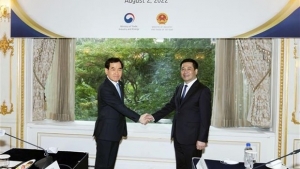 | RoK expects to cooperate with Vietnam in human resources training, technology transfer The Republic of Korea (RoK) wishes to collaborate with Vietnam in high quality human resources training, technology transfer as well as in mineral exploitation and processing, said RoK Minister of Trade, Industry and Energy Lee Chang-yang during talks with visiting Vietnamese Minister of Industry and Trade Nguyen Hong Dien in Seoul on August 2. |
 | Vietnam sees a low rate of technology transfer from FIEs Vietnamese authorities highlighted the significant role of overseas funding in the nation's economic transformation and focused on the need to improve technology transfer mechanisms. |
What the stars mean:
★ Poor ★ ★ Promising ★★★ Good ★★★★ Very good ★★★★★ Exceptional
Related Contents
Latest News
More News
- Global partnerships key to Vietnam’s IFC development (December 26, 2025 | 16:18)
- Vingroup pulls out of bid to invest in North-South high-speed railway (December 26, 2025 | 11:42)
- Strengthening supply chains through trade promotions and customs reform (December 24, 2025 | 14:00)
- PM orders investment model for North–South high-speed rail (December 22, 2025 | 17:43)
- LS Eco Energy to invest in Vietnam rare earth sector (December 22, 2025 | 17:31)
- Government moves to establish International Financial Centre (December 21, 2025 | 21:00)
- Vietnam's IFC to target global investment flows (December 21, 2025 | 18:00)
- Two national hospitals expand capacity with new facilities (December 20, 2025 | 09:00)
- Ha Tinh breaks ground on major Vingroup industrial and energy projects (December 19, 2025 | 18:24)
- EVN launches major power infrastructure projects nationwide (December 19, 2025 | 18:17)

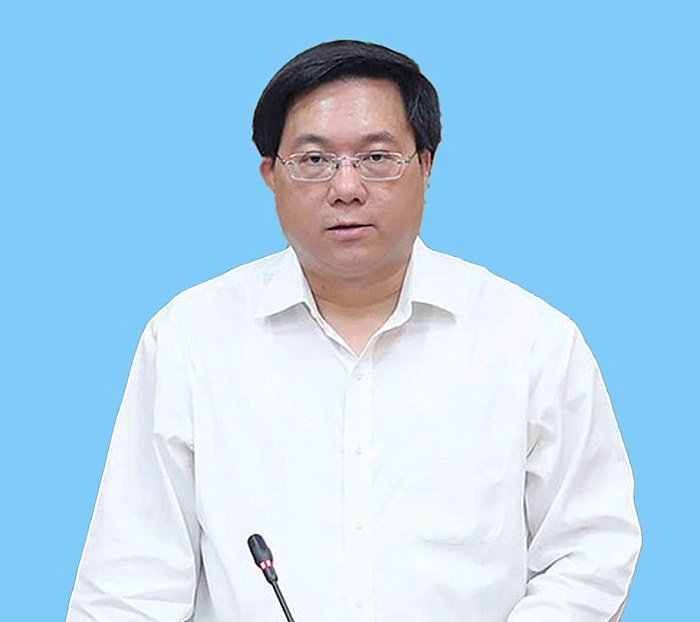
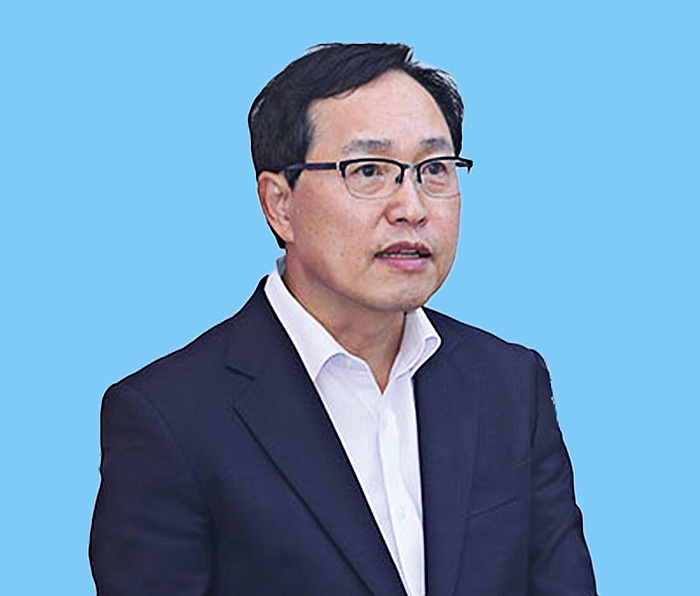
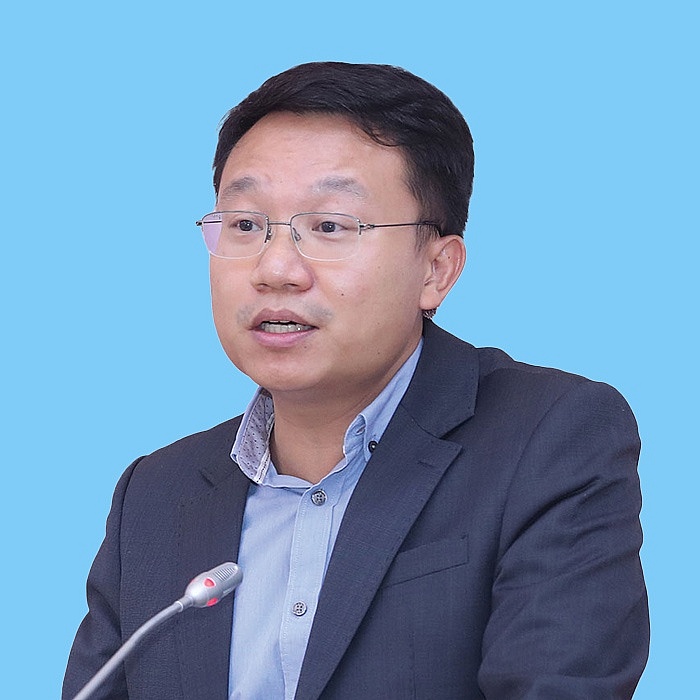
 Tag:
Tag:



















 Mobile Version
Mobile Version